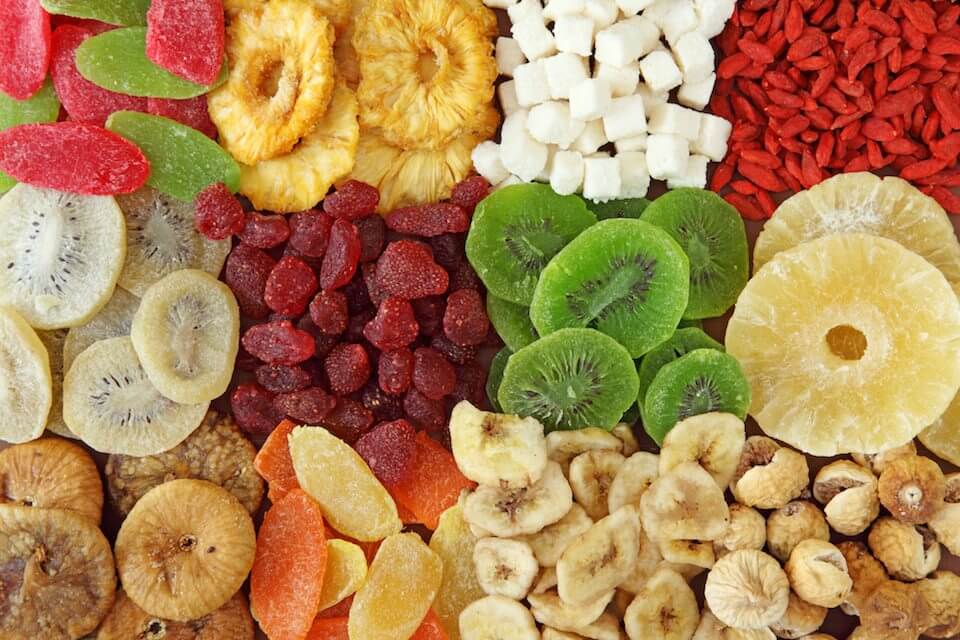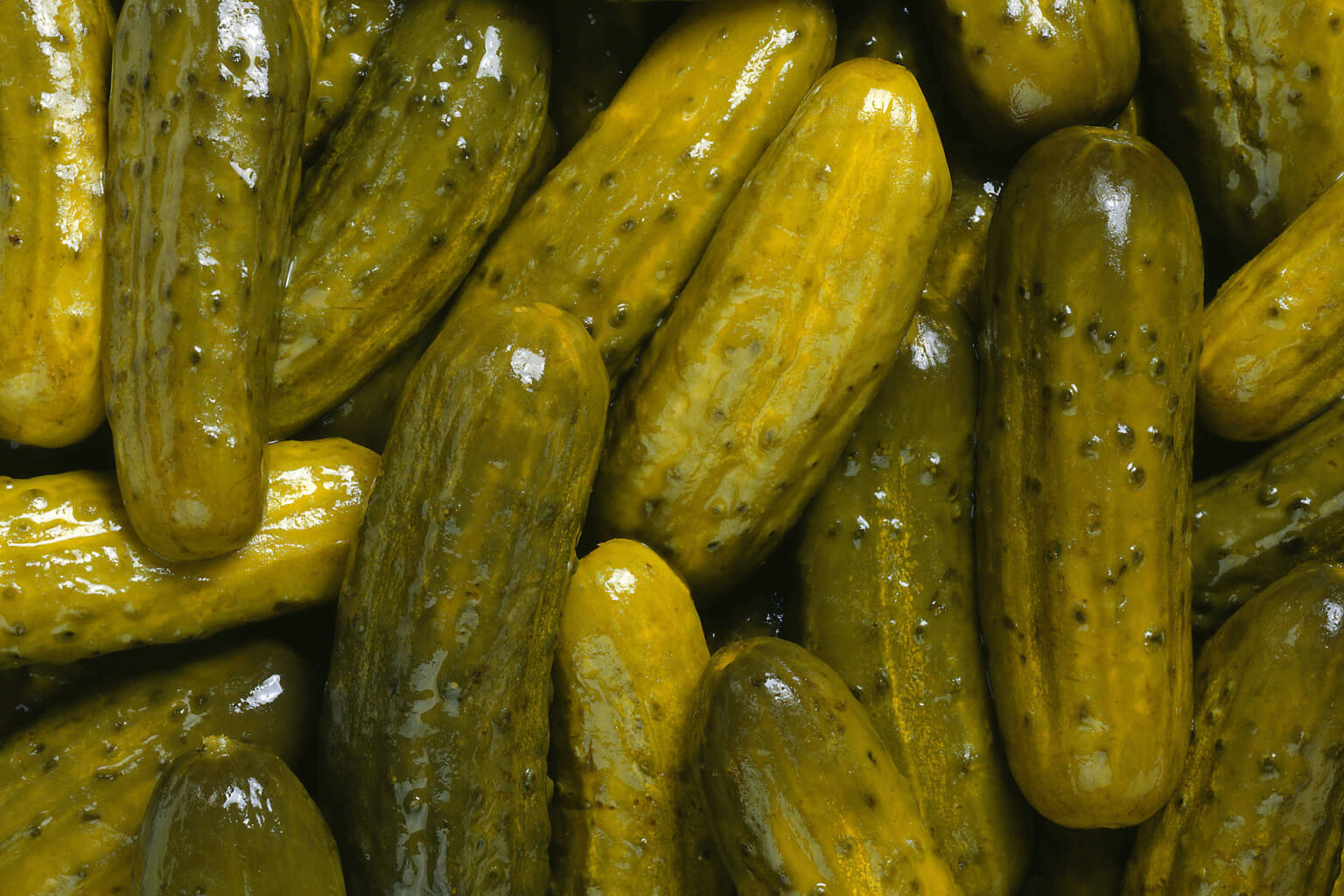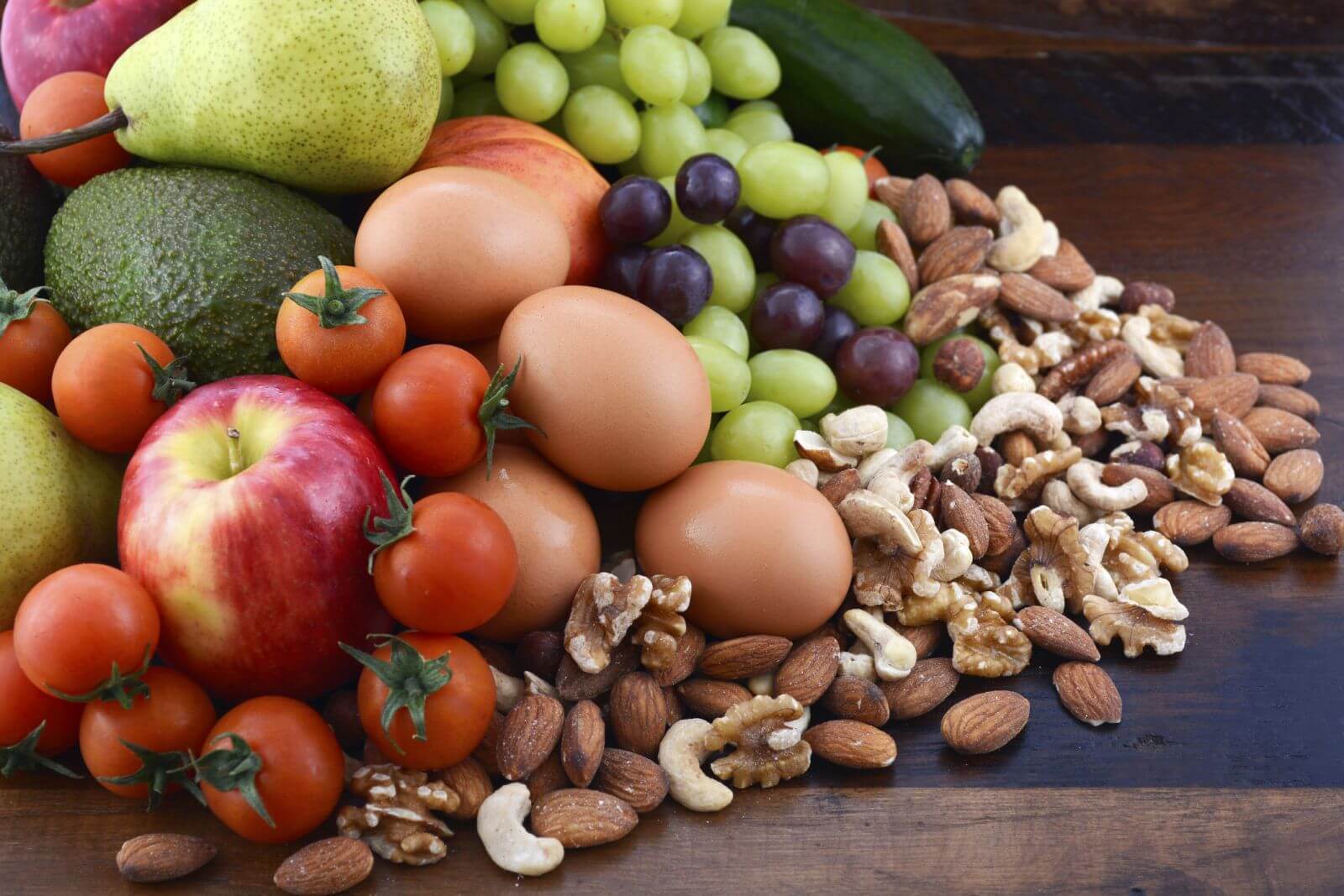For diabetics and other health-conscious individuals, the list of food to avoid seem to be never-ending.
Short of poison or stuff you’re allergic to, there’s really no food that you should avoid altogether. The problem is not with the food but with the excess consumption. The massive number of calories ingested coupled with a sedentary lifestyle generally means trouble for most, and a blaring red light for diabetics to run away from these sources of temptation.
For the most part, the black and white of a diabetic’s meal plan is pretty simple: carbohydrates/sugar, bad, fruits and vegetables, good. However, it is not that simple. Eating fruits and vegetables together with your medication and herbal supplement for diabetes might be good and all but still, you need to check if the fruits and vegetables you’re consuming are actually helping your diabetes. Because there are some that will only exacerbate the complications that you have.
- Dried Fruits

There is certainly added sugar in dried fruits, especially those that are inside packaging. Check out the sugar or calories content of the dried fruits first before indulging, even without the added sugar, dried fruits have higher sugar per gram than other forms of fruit because they are dehydrated. The sugar is condensed into smaller volumes.
- Canned Fruits and Vegetables

Same with the dried fruits, the canned ones, fruits and vegetables included, have higher amounts of sugar compared to their natural equivalents. The canned vegetables too, have added sodium, making them saltier and more likely to exacerbate kidney complications that diabetes caused.
- Starchy Vegetables

Avoid starchy vegetables like the plague if you’re diabetic or even prediabetic, especially if you’re having them as part of the main meal together with other starchy foods such as rice, pasta, and pastry. These starchy vegetables include: beetroot, cassava, parsnips, peas, potatoes, sweet potato, and sweetcorn. If eating them is unavoidable, consume small amounts and be sure to check on your doctor or dietitian for the recommended serving size as addendum to your meal plan.
- Pickles

Check the nutrition facts on the label if you’re looking to eat pickles. Most likely, these have a high sodium content, somewhere around 1208 mg per 100-gram serving. One standard piece is most likely enough pickle for a day for a non-diabetic person without kidney complications. For diabetics with budding renal problems, any food with a high sodium count is not worth the trouble.
- High Glycemic Fruits

 Not all fruits are created equally. There are some that have outrageously high glycemic index counts, that is the amount of sugar a certain food type has, and there are some that have tolerable counts and can be consumed by diabetics. The first group, the fruits with medium-to-high glycemic index counts include bananas, pineapples, watermelons, sweet melons, and papayas. Diabetics can still eat a reasonable portion of these fruits – a single slice or so will be fine.
Not all fruits are created equally. There are some that have outrageously high glycemic index counts, that is the amount of sugar a certain food type has, and there are some that have tolerable counts and can be consumed by diabetics. The first group, the fruits with medium-to-high glycemic index counts include bananas, pineapples, watermelons, sweet melons, and papayas. Diabetics can still eat a reasonable portion of these fruits – a single slice or so will be fine.
The second group, those with low glycemic index counts include apples, pears, oranges, peaches, plums, and strawberries. The last, strawberries might be very sweet, but they have a low glycemic index count, making them perfect for dessert.
A Balanced Meal
As always, moderation is key. However, if you’re already diabetic and suffering from numerous complications, it’s always safe to exercise caution first and foremost.
Don’t be afraid to ask your doctor during your regular check-ups what kinds of food are okay to consume in limited quantities and how much ‘limited’ means for you at your current diabetic state. That way, you can further complement your meal plan with the medication prescribed, the herbal supplement for diabetes you’re taking, and the amount of exercise you do every day.



